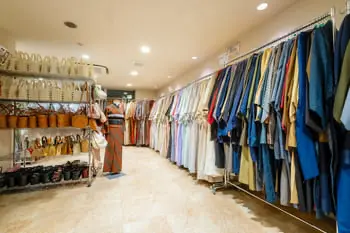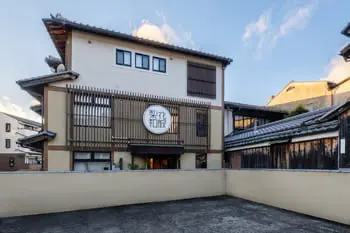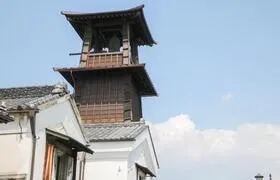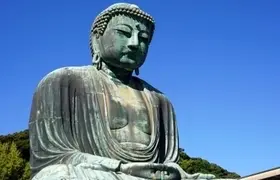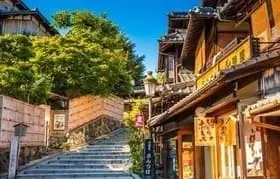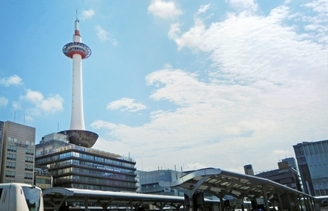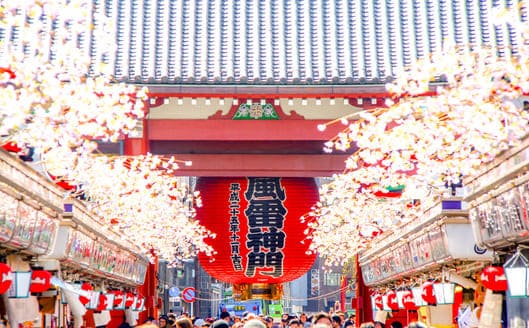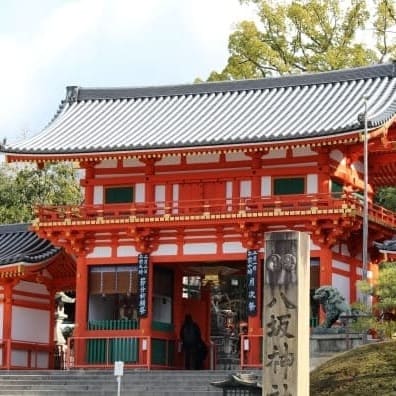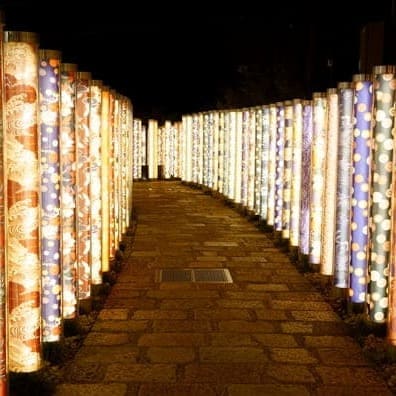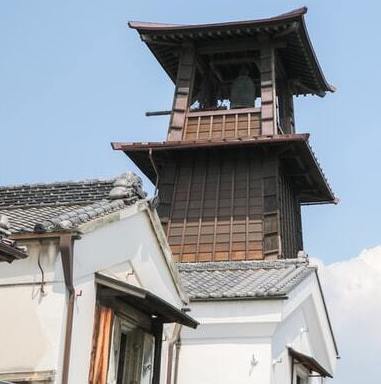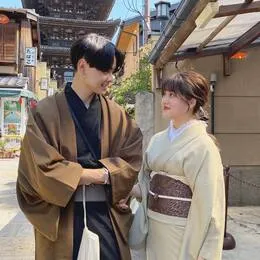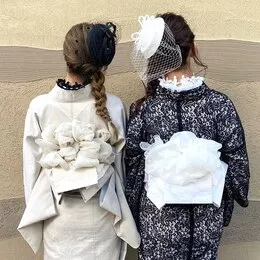What is the difference between homongi and furisode?
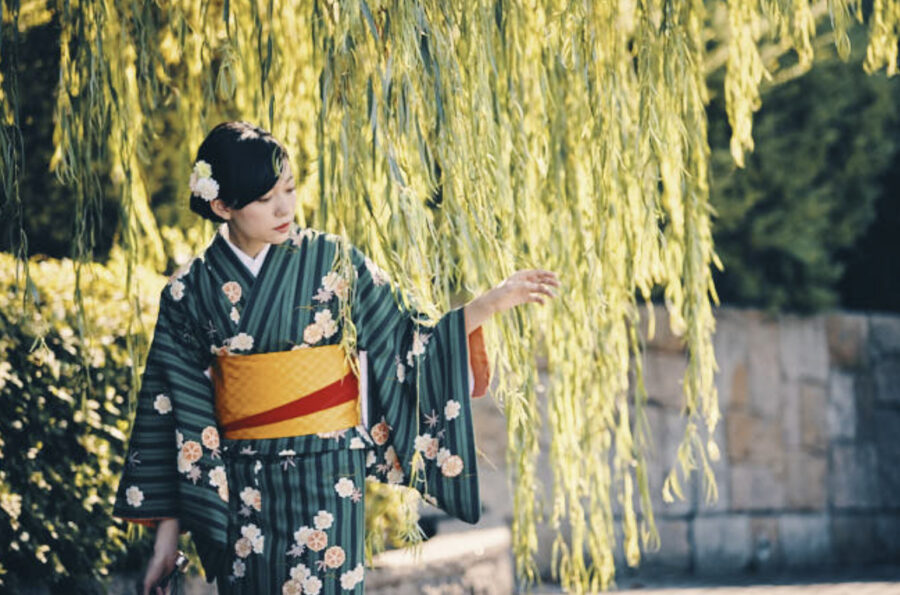
Kimonos are worn differently depending on the occasion and one’s social status, whether it’s the first formal attire, semi-formal attire, or casual attire.
Originally, if someone who should wear first formal attire to a wedding ceremony chooses to wear semi-formal attire, it will raise eyebrows.
To put it in a more relatable example, you wouldn’t see someone wearing mourning attire to a coming-of-age ceremony (laughs).
Having one person wearing mourning attire amidst a lively and joyous gathering of young people would certainly make them stand out as strange.
This is an extreme example, but it illustrates the importance of adhering to certain norms.
There are established norms for wearing kimonos as well. In this context, I’d like to focus on furisode and visiting kimono.
You can book Furisode and Visiting Kimono Hair Set Plans here
Classification of Kimonos
First, let’s start with something easy to understand. Kimonos can be broadly classified into two categories.
They are “formal” and “casual” kimonos.
So, what do “formal” and “casual” represent?
Formal kimonos are, in simple terms, kimonos worn at official occasions such as weddings, commemorative ceremonies, and coming-of-age ceremonies.
On the other hand, casual kimonos are worn for everyday activities like shopping and watching performances.
So, let’s remember it more succinctly:
Formal = Official
Casual = Everyday
Subclassification within Formal Wear
Next, let’s focus on formal kimonos and further classify them.
We do this because “visiting kimono” and “furisode” fall under formal kimonos.
Formal kimonos can be divided into three main categories:
- First Formal Attire
- Semi-formal Attire
- Casual Attire
In other words, visiting kimono and furisode fall into one of these categories.
Where do you think they belong? (You can skip this part if you already have background knowledge.)
First formal attire, semi-formal attire, and casual attire can each be further subdivided.
We won’t delve into the specifics here, and if you’re short on time, feel free to jump to the “Conclusion” section.
Differences Between First Formal Attire and Semi-formal Attire
Now, let’s discuss first formal attire and semi-formal attire among formal kimonos.
Why? Because visiting kimono and furisode fall under one of these categories.
First formal attire refers to “attire worn by the host or someone in a prominent position.”
Semi-formal attire refers to “dress attire that closely resembles first formal attire.”
When to Wear Visiting Kimono and Furisode?
So, when should you wear visiting kimono and furisode?
Visiting kimono is typically worn when you want to look elegant for occasions like weddings or parties. Furisode, on the other hand, is worn when you want to look splendid for events like coming-of-age ceremonies.
Now, where do visiting kimono and furisode fit within the categories of first formal attire and semi-formal attire?
Thinking about “who is the main character” might help you understand this clearly.
Here’s the most crucial point:
“The main figures wear first formal attire, while guests wear semi-formal attire.”
Let’s provide two examples:
For instance, at a wedding ceremony, the “main characters” are “the closest family members of the bride and groom.” So, the mother of the bride and groom would wear “first formal attire.”
On the other hand, “friends and relatives of the bride and groom” are the “guests.” Therefore, they typically wear “semi-formal attire.”
Now, let’s consider a coming-of-age ceremony.
At a coming-of-age ceremony, the “main characters” are “those who have come of age.” So, they wear “first formal attire.”
As you can see, visiting kimono is typically worn by “guests” at events like weddings and corresponds to “semi-formal attire.”
Meanwhile, furisode is worn by the “main characters” at events like coming-of-age ceremonies and corresponds to “first formal attire.”
Conclusion
- Kimonos can be classified as “formal” and “casual.”
- Within formal wear, there are “first formal attire,” “semi-formal attire,” and “casual attire.”
- First formal attire is worn by “main figures.”
- Semi-formal attire is worn by “guests.”
- Visiting kimono falls under “semi-formal attire.”
- Furisode falls under “first formal attire.”
In simpler terms, the “difference between visiting kimono and furisode” is the “difference between semi-formal attire and first formal attire.”
You can also think of it as the “difference between somewhat formal attire and more formal attire.”
What Are the Visual Differences?
So, what are the visual differences between visiting kimono and furisode?
It might be quicker to show you rather than explain in words!!
Finally, let’s close with a view of the beautiful appearance of visiting kimono and furisode.
Thank you for reading this far. I hope you’ll dress appropriately for the occasion and shine in your chosen kimono!
Author of this article
Kyoto Kimono Rental Rika Wafuku operates four kimono rental shops in Kyoto city, including locations in Arashiyama, Gion, Kiyomizu Temple, and in front of Kyoto Station. In 2023, they served over 230,000 customers in the Kyoto area!
They offer affordable plans, with a kimono dressing plan starting from 3,500 yen, and a hair setting plan from 5,500 yen.
Close to popular tourist spots such as Togetsukyo Bridge, Kiyomizu Temple, Yasaka Koshindo, and Yasaka Shrine!
Kyoto Kimono Rental Rika Wafuku
Kimono Rental Rika Wafuku Gion Store
Kimono Rental Rika Wafuku Arashiyama Store
Kimono Rental Rika Wafuku Kiyomizu Temple Store
Kimono Rental Rika Wafuku Kyoto Station Front Store
Check the Rikawafuku Rental!

